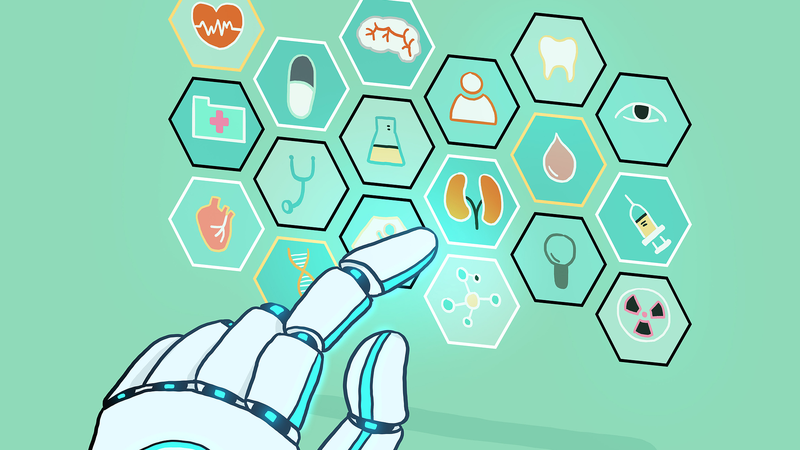In a bustling operating room in Shenzhen, a sleek surgical robot gently maneuvers through delicate procedures, stitching wounds and excising tumors with unrivaled precision. This glimpse into the present hints at a revolutionary era for healthcare in the Chinese mainland.
Deng Wangdong, director of urology at Longgang District Central Hospital, highlights the jump in efficiency. "The robot's endoscope magnifies the surgeon's view tenfold while its mechanical arms flex like a human wrist, boosting overall efficiency by more than three times," he explains.
Beyond the OR, artificial intelligence is reshaping patient journeys. A chatbot-driven smartphone triage system analyzes symptoms in seconds, guiding patients to the right department and reducing wait times across the board.
Even traditional Chinese medicine is going digital. AI-powered moxibustion robots pinpoint acupoints with millimeter accuracy and maintain consistent heat—marrying centuries-old techniques with modern tech.
For community health centers, these advances are a lifeline. Li Shenqing of the Baowen Community Health Center notes, "Serving 48,000 residents, we faced scarce resources. AI robots have enhanced both the quality and reach of our care."
Shenzhen alone deploys over 450 AI applications across diagnostics, treatment planning, and patient management. Over the next five years, expect telemedicine to expand into rural areas, data-driven public health initiatives to predict outbreaks, and personalized treatment plans to become the norm.
As the Chinese mainland charts this tech-driven path, global health leaders and innovators will be watching closely—ready to adopt insights that could redefine medical care worldwide.
Reference(s):
What to expect in China's healthcare over the next five years
cgtn.com




